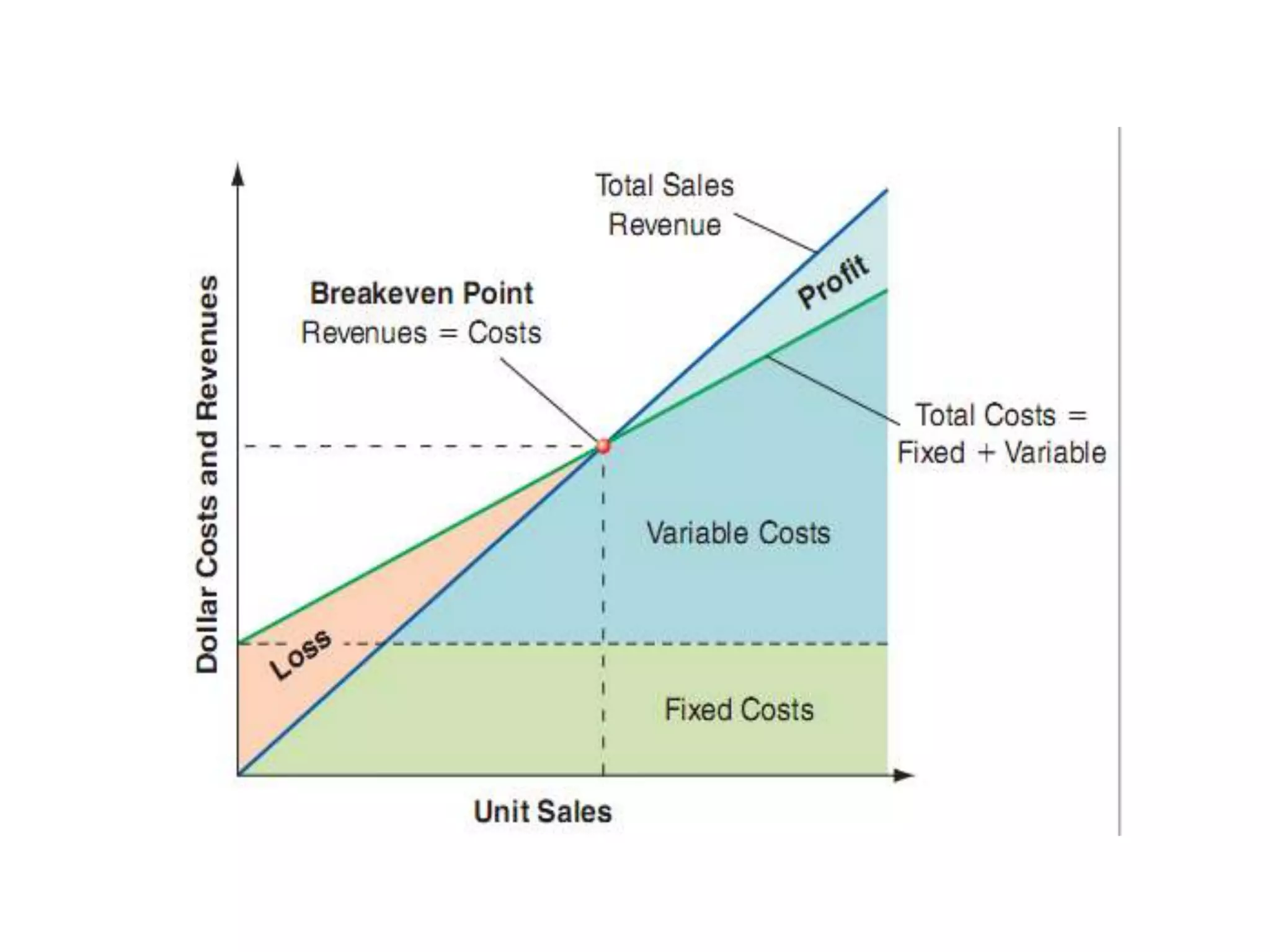Managers use planning, controlling, and strategic management processes. Planning involves setting objectives and identifying how to achieve them. Control involves measuring performance against objectives and standards. Strategic management involves formulating and implementing strategies. Strategies can include growth, restructuring, global, cooperative, and e-business approaches. Formulating strategies involves analyzing strengths, weaknesses, opportunities, and threats as well as industry attractiveness. Implementing strategies requires strategic leadership and control.
















































